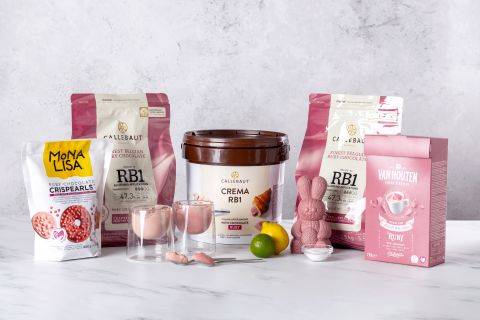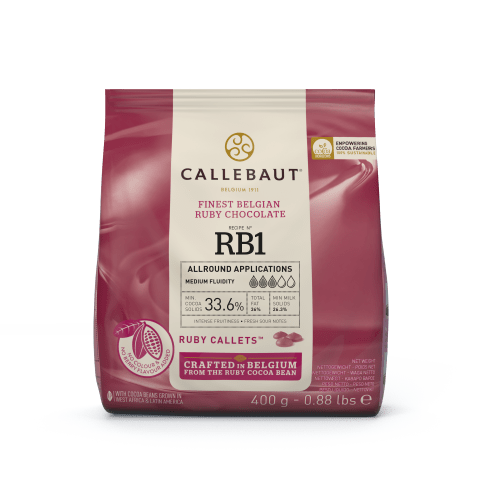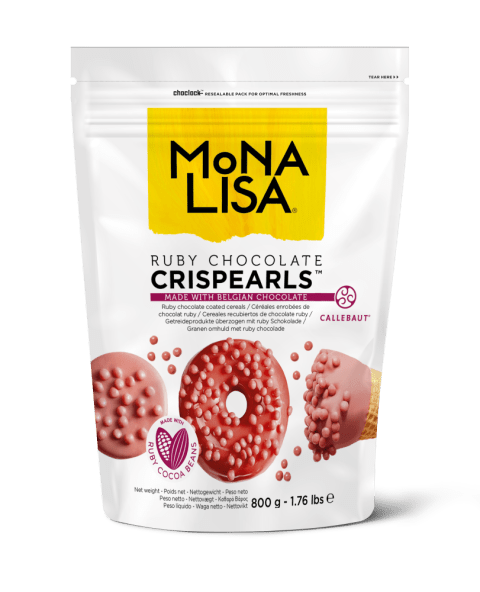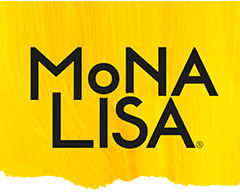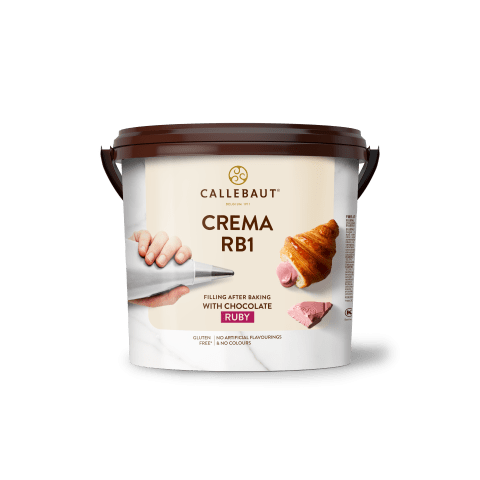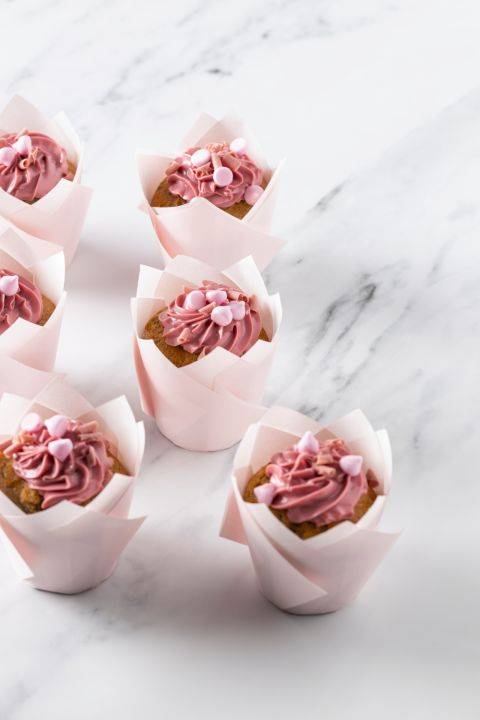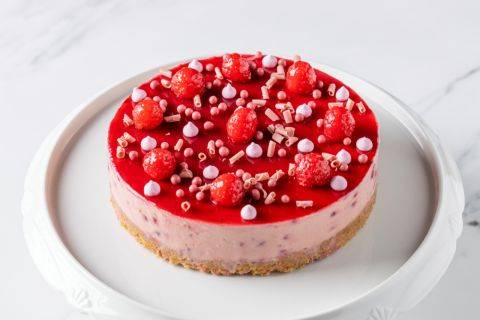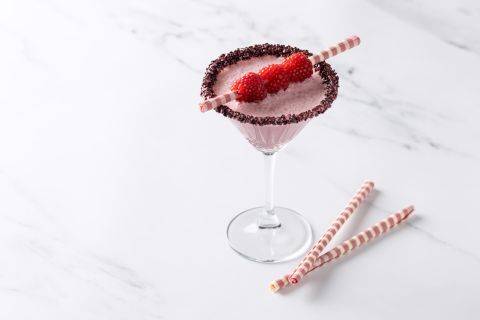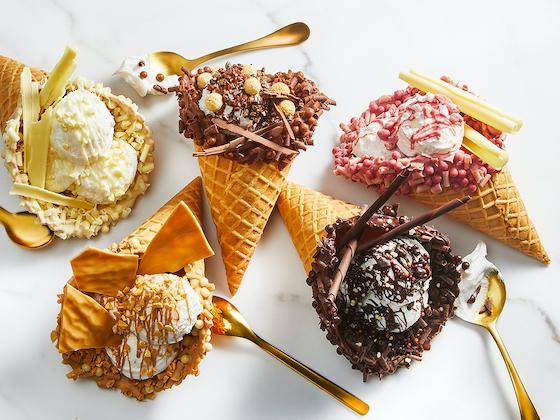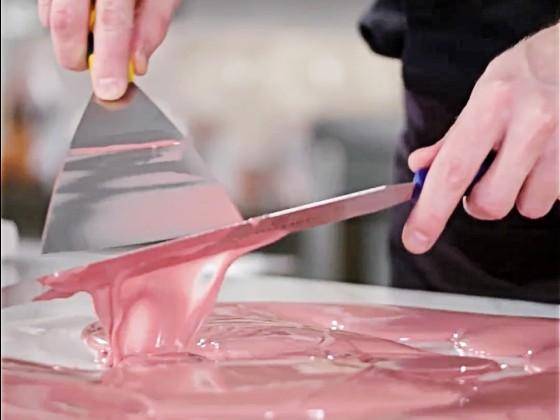The 5 Colours of Chocolate: Ruby Chocolate
The 5 Colours of Chocolate: Ruby Chocolate
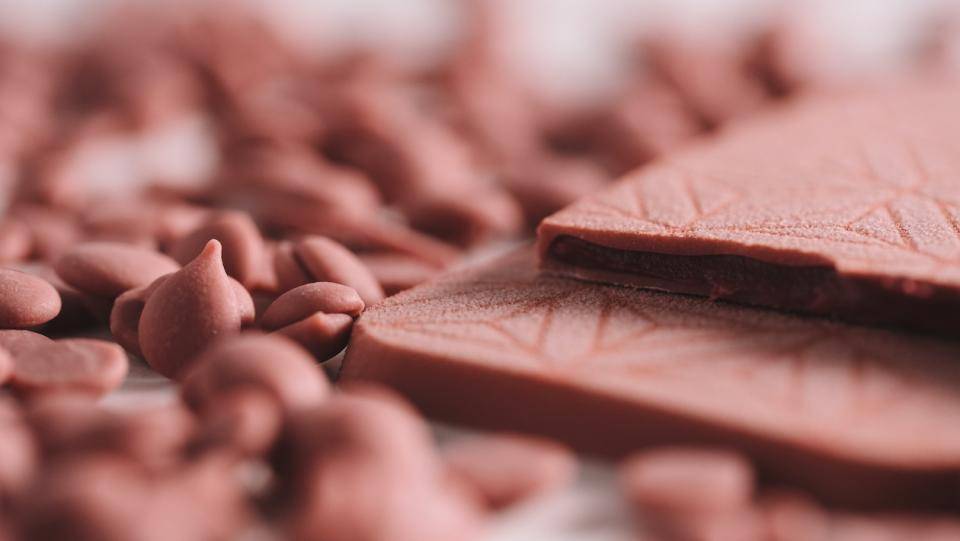
What is Ruby Chocolate?
Ruby chocolate is one of the most exciting chocolate discoveries in recent years. It is the fourth type of chocolate after dark, milk, and white chocolate, and it has surprised the world with its entirely new taste and colour. Ruby chocolate is unique because it is made purely from the Ruby cocoa bean, without adding any colourants or fruit flavourings. It features the same ingredients as milk chocolate, including cocoa liquor, milk powder, cocoa butter, sugar, and vanilla. However, the result is an intense fruitiness with fresh sour notes that is genuinely one of a kind.
The cacao beans used for making Ruby chocolate are grown in Brazil, Ecuador, and the Ivory Coast, which are traditional cocoa-growing countries. The qualification for a cocoa bean to be considered a Ruby bean is not determined by its genus or origin. Instead, it's the inside of the beans that counts. The sought-after precursors that occur naturally in the cocoa beans determine whether they will yield the typical Ruby colour and taste during processing. We carefully identify and select beans with the right properties to create Ruby chocolate.

What Flavours Pair Well with Ruby Chocolate?
Ruby chocolate has a unique fruity, berry-like flavour with fresh, sour notes. Because of this distinctive taste profile, Ruby chocolate offers chefs opportunities for new and innovative pairings.

Special Considerations When Working with Ruby Chocolate
Ruby chocolate has a pH level of 5.4. In contrast, white chocolate has an average pH level between 7 and 8.
Due to its slight acidity, Ruby Chocolate may change colour when you use it in recipes. For instance, adding water content to Ruby chocolate can affect its pH level and colour. To restore the colour, our chefs recommend adjusting the pH level so it is as close to 4 as possible by adding acidic ingredients such as purees, juices, or citric acid.
Get Tips & Tricks from Chef Mark Tilling!

How to Temper Ruby Chocolate
Tempering chocolate is pre-crystallizing the cocoa butter in chocolate. It ensures the chocolate will become hard and shiny during cooling. Good tempering also guarantees that moulded chocolate products can be easily removed from the moulds after cooling.
Using Ruby chocolate in a tempering machine for a few days does not affect its taste or colour. Ensure continuous movement (stirring) to avoid separation. When keeping Ruby chocolate in liquid condition, it is mandatory to maintain a processing temperature between 40-50°C (104-122°F).
The crystallisation curve can guide you through the process of properly tempering Ruby Chocolate.

